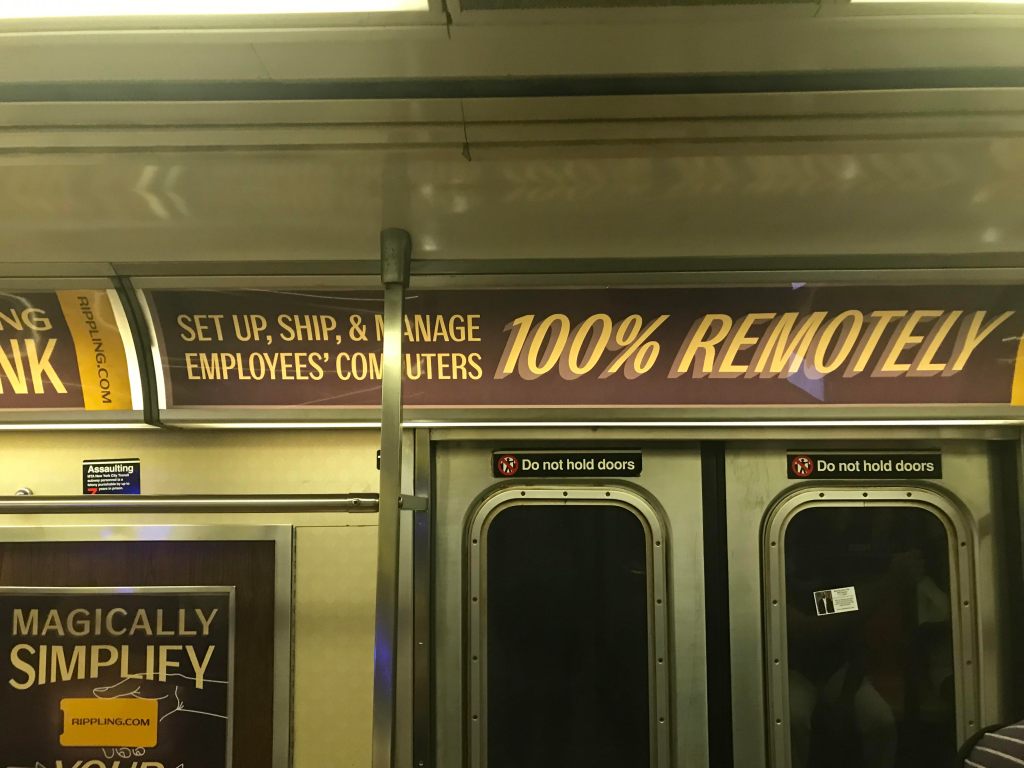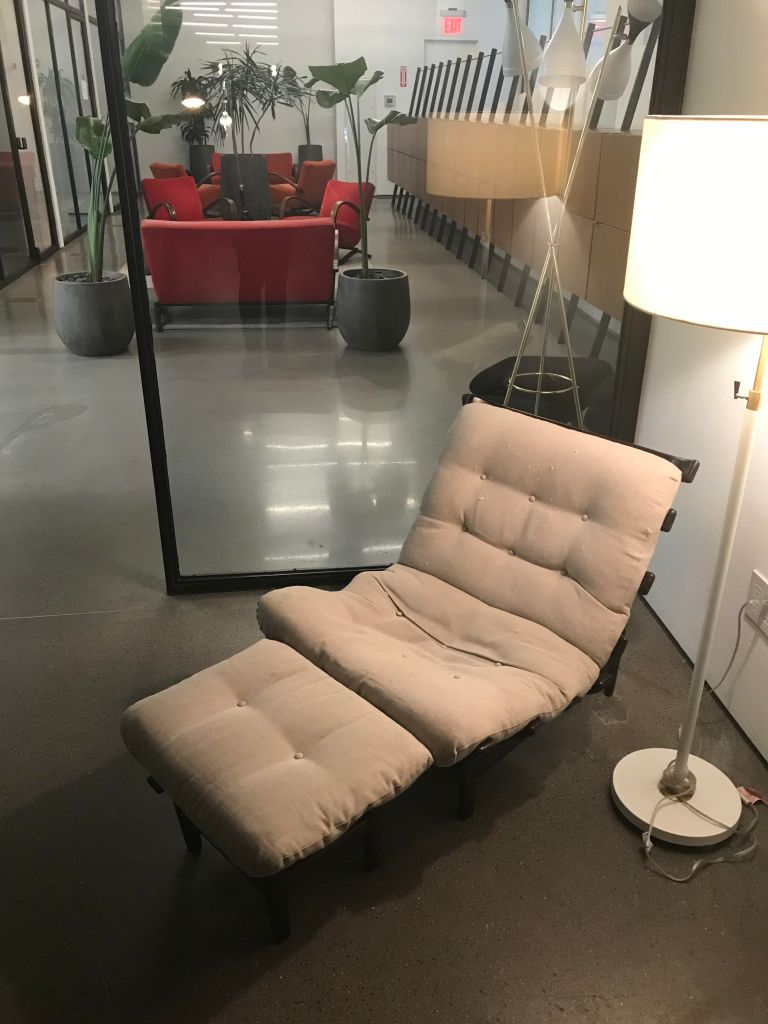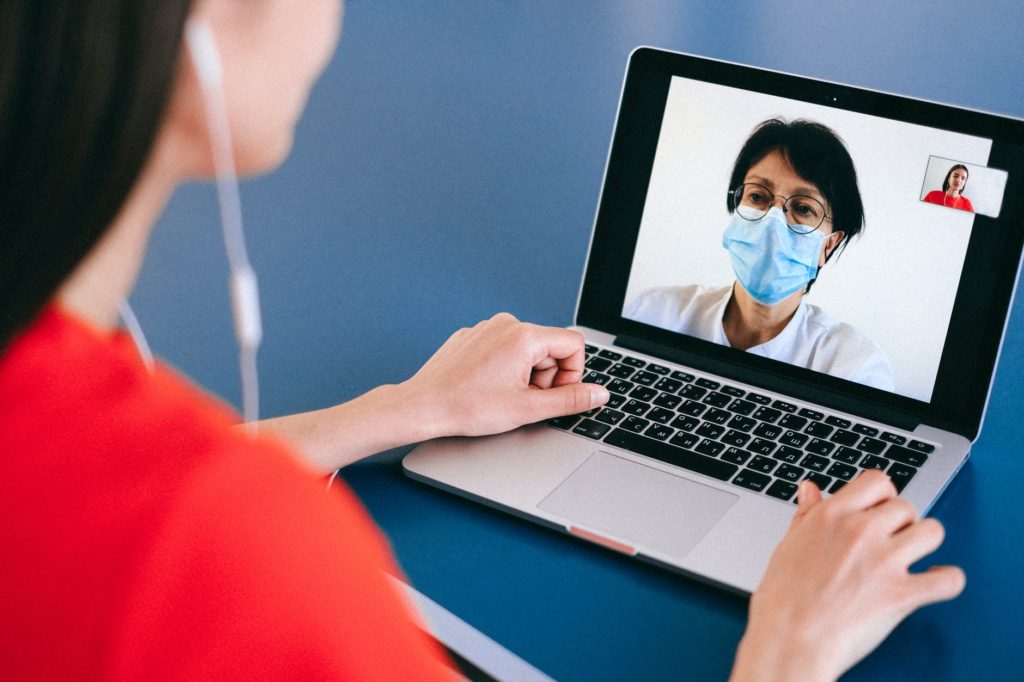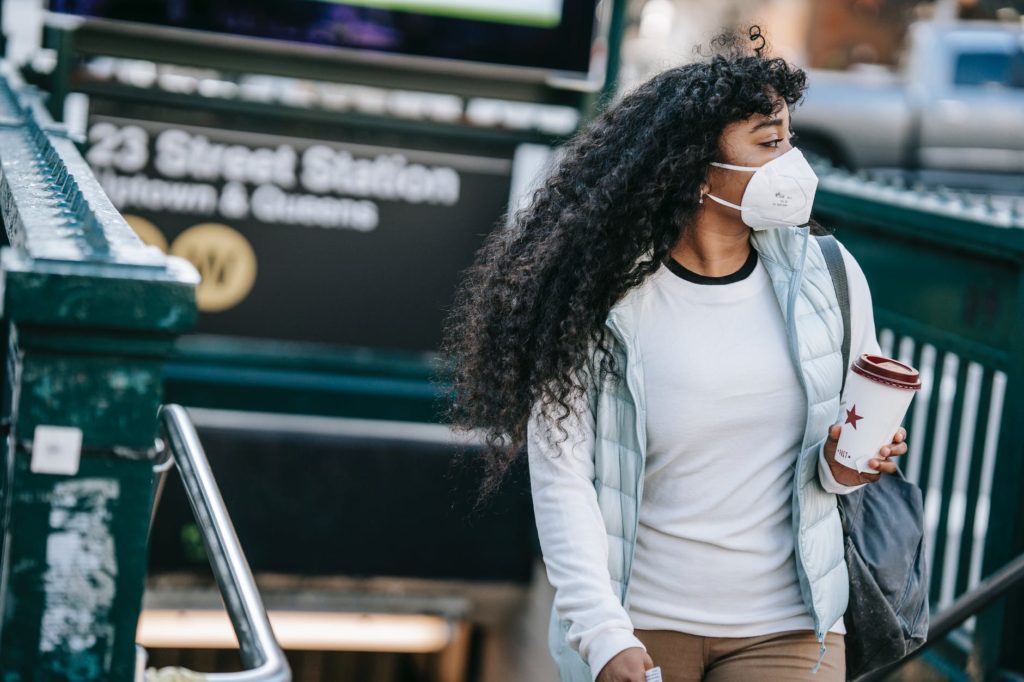DISCLAIMER: This article represents my personal views and not those of my employer or any affiliated organizations.
This past month, I did the unthinkable…
I made my return to office.
However, it was on my own terms, and of my own choice. After all, I was returning to NYC to see some friends and check on my belongings after far too long away.

How was the experience?
I prepared the night before, laid out my clothes, shaved, made sure all my belongings were in my backpack.
The next morning, I walked onto a subway which was about half the capacity it normally is. Felt kind of lonely, but thankfully there were no crazy happenings which come from mass crowds. Well, aside from the few people who refused to wear masks…
Read more about my commuting experience in “Do You REALLY Miss Your Commute?“
I peacefully walked off the subway, with a swing in my step as I proceeded to my first office visit. The receptionist checked me in, and I went upstairs.
Wow, what a beautiful space. It had feelings of WeWork in its heyday.
I greeted and met some coworkers for my first time. Set up my laptop as I had done in previous workspaces.

What was different?
There were far less people. This gave it a different feel than the office I “knew”.
However I actually appreciated the diminished capacity. There was very little “white noise” to distract from deep focus, even without earbuds in.
There was no in-person meetings to rush or be late to. Everything was on Zoom. My in-person interactions were on my terms. The office space even held a “hybrid” trivia happy hour, where some of us joined virtually, and others in real life.

What can a successful hybrid model look like?
There’s been a lot of talk of how we need a “hybrid model” to move forward with the return to office.
What does that even mean?
For many companies, that means making all staff return to the office 2-3 days a week. That’s not truly hybrid work. That’s flexible work-from-home.
A true hybrid model would give the choice for some of the staff to come in-person, and some to work remotely (permanently). This model most benefits our post-pandemic transition, as it limits office capacity to only what’s necessary.
It gives working moms the choice to get employer-provided childcare, and join in-office if they wish. Or, for those same moms to work from home (or wherever they wish), being home for sick kids or taking care of time-draining errands.

What are the challenges of return to office?
As with any crisis, a snappy shift from one extreme to the other can cause a lot of trouble. We might think “back to normal” for a return to office will be easy.
Let’s also think about all the workers who’ve left their given careers for lack of work, voluntarily or involuntarily.
We have one of the worst worker “shortages” in decades due to this.
The MTA subway staff in New York used to run at least 6 trains per hour. Now they only have the capacity to run 2-3. What is that going to look like when there’s a mass return of people to NYC?
How about lunch? While restaurants are running with 1/3 of their normal staff, how long will getting food take?
Will traffic administration be able to deal with a new influx of single-person commuter cars?
Does that seem like a lot of questions?
It should. There’s a lot to ask.
Since you’ve made it this far –
Why not sign up to the Origin Story mailing list or more helpful professional tips?

Pingback: Remote Work Will End the Business Travel Romance - Origin Story